In the Városmajor park, various entertainments were held as early as the 1780s, after, by the order of Joseph II, the area became the capital's first public park. The first buskers appeared already in the early 1800s, and with the construction of numerous stalls, the famous fun-fair had its real heyday. The present form of the park began to take shape in the early 1900s when the first serious playground was built and after the open-air Park cinema opened on 30 July 1922, which can be considered the predecessor of the Városmajor Open-Air Stage.
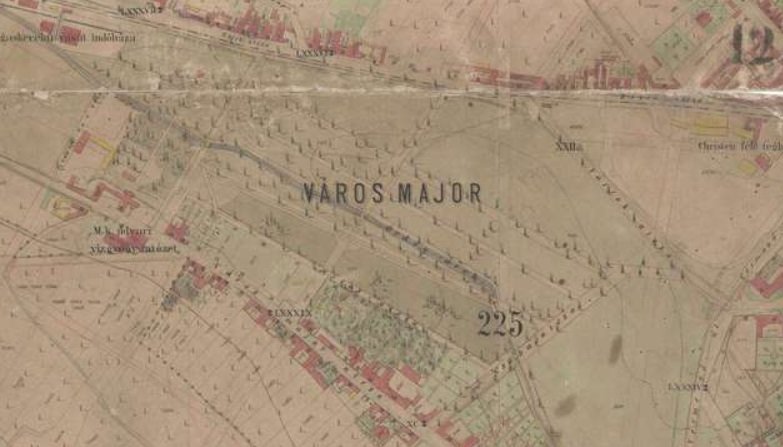
Városmajor on a map from 1878 (Source: Hungaricana/mapire.eu)
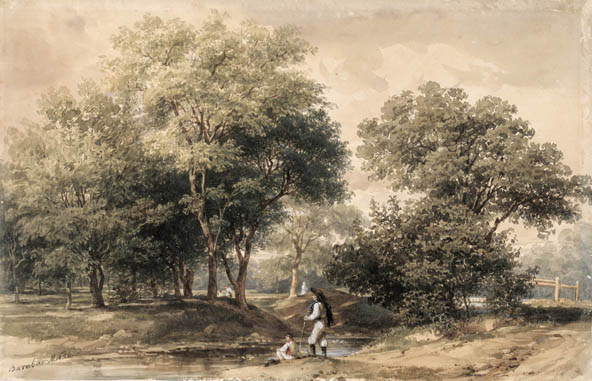
This is how Miklós Barabás saw the Városmajor in 1857 (Source: Municipal Gallery – Kiscelli Museum)
Many dignitaries appeared at the opening of the Park cinema, which the newspapers liked to write about. In its issue of 3 August 1922, the newspaper Világ stated, for example, that: "The Park-Mozi in Városmajor held a brilliantly successful show yesterday. In the ranks of the distinguished audience, we saw Archduke Joseph, Archduchess Augusta, and Archduchess Sophie, the best of the art world, who all, without exception, expressed their greatest liking for the beautiful furnishings of the second real garden cinema, as well as the excellent program."
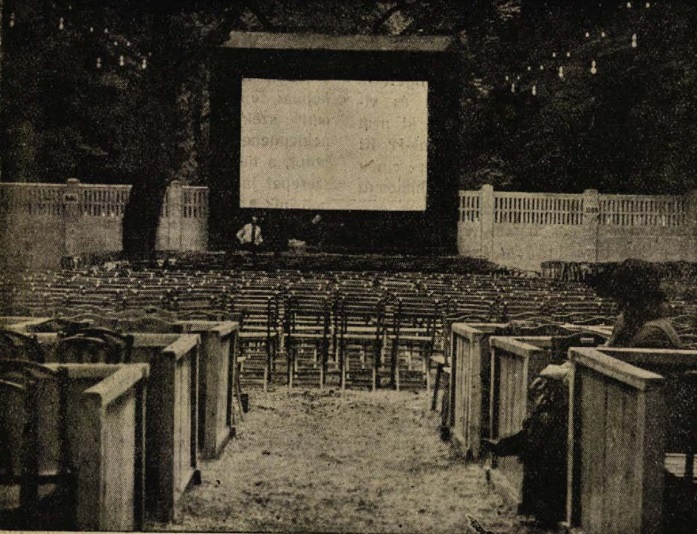
The auditorium of the Park cinema, opened in 1922 (Source: Színházi Élét, No. 32, 1922)
The movie theatre was built according to the plans of Artúr Révész - with extraordinary speed - in just a few weeks. The cinema was surrounded by bastion-like cement walls and rows of booths and garden chairs were placed outside in the auditorium. At that time, neither the stage nor the auditorium was yet covered, at least not artificially, as Színházi Élet put it like this: "The Park Cinema is not completely open air, in fact, you can hardly see anything of the beautiful, starry sky in Buda, because the century-old lush leaf-canopies of the Városmajor Park, which surround the Park Cinema, completely cover it, creating a real living green ceiling above it.”
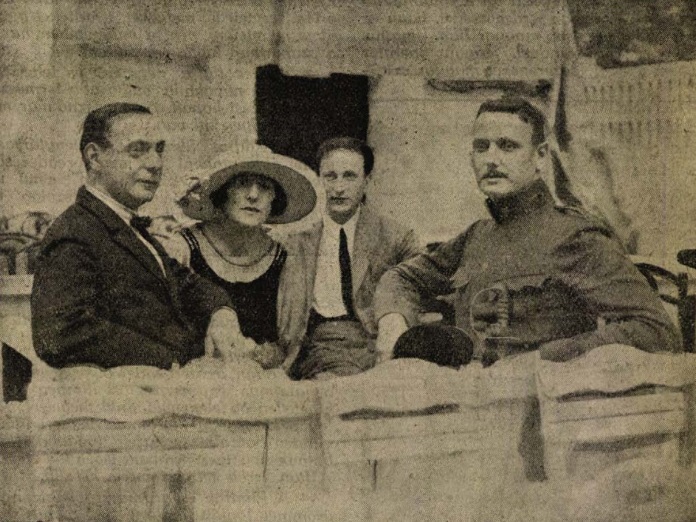
The founders of "Parkmozi", Artur Révész, Mrs Révész, the directors of "Kertmozi", Dezső Nagy, the director of "Parkmozi", Major Mihály Skubics, the general manager of Nyukosz motion picture plants (Source: Színházi Élet, No. 32, 1922)

The entrance to the Park cinema in 1922 (Source: Színházi Élét, No. 32, 1922)
The stage itself was built in 1935, and since then the newspapers repeatedly referred to the place also as Városmajor open-air stage. The Nemzeti Újság stated on 10 July 1935 that: "The People's Education Committee of the capital city of Budapest realised a fortunate idea, which fulfilled the old wish of the residents of Buda, when in the shady promenade of the park in Városmajor, behind the new parish church in Városmajor, which is an area extremely suitable for this purpose, they built an open-air stage for concerts and theatre performances, and now they have gifted the citizens of Buda with this innovative artistic institution."
Various events were held on the stage, but mostly film screenings took place here until the Second World War. Later, after the communist takeover, the place was nationalised, and was handled by the 12th District Socialist Council. The place, still known today as the Városmajor Open-Air Stage, officially operating since 1950, where program evenings with various themes were organised.
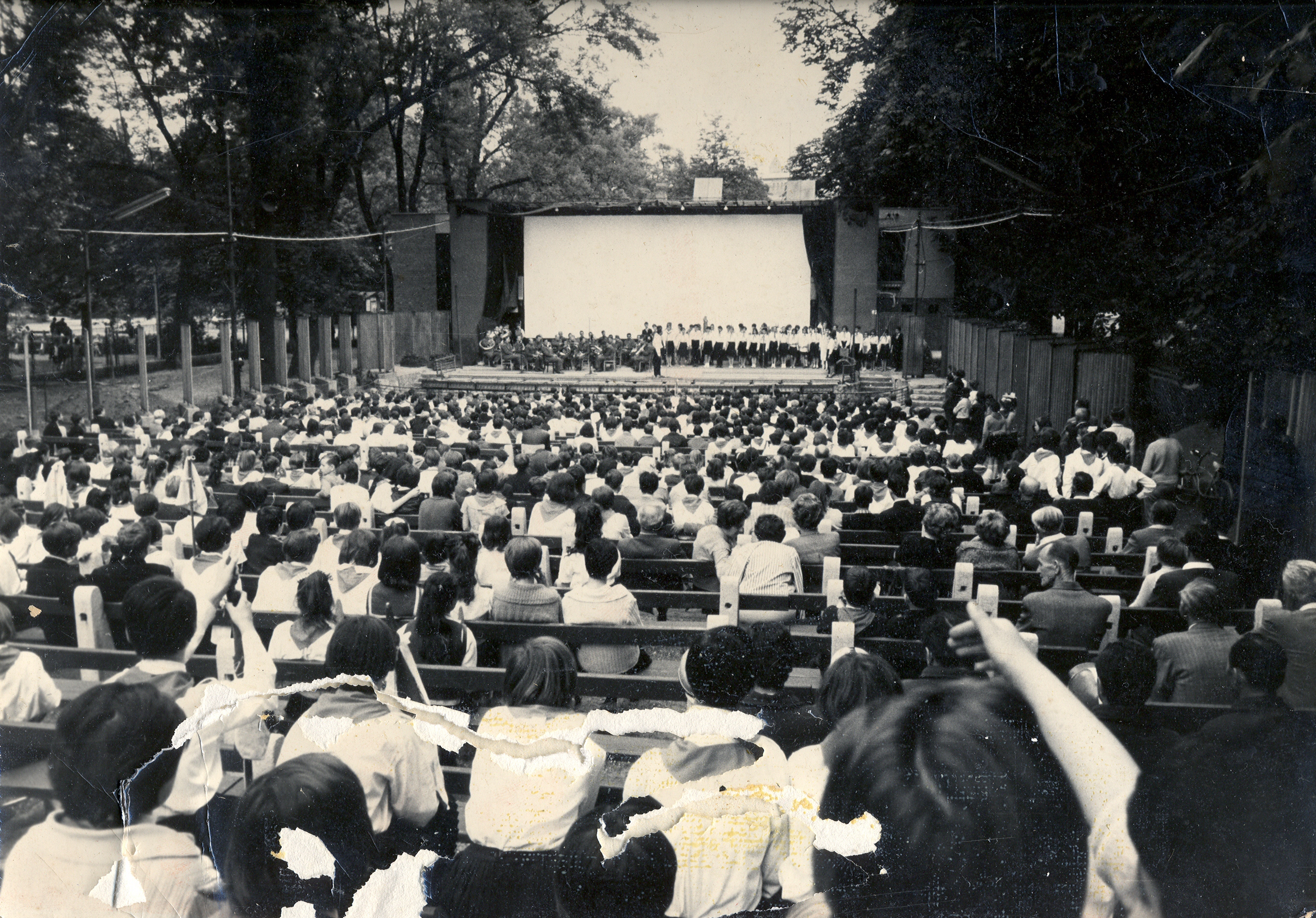
The Városmajor Open-Air Stage in the 1950s (Photo: Hegyvidék Local History Collection)
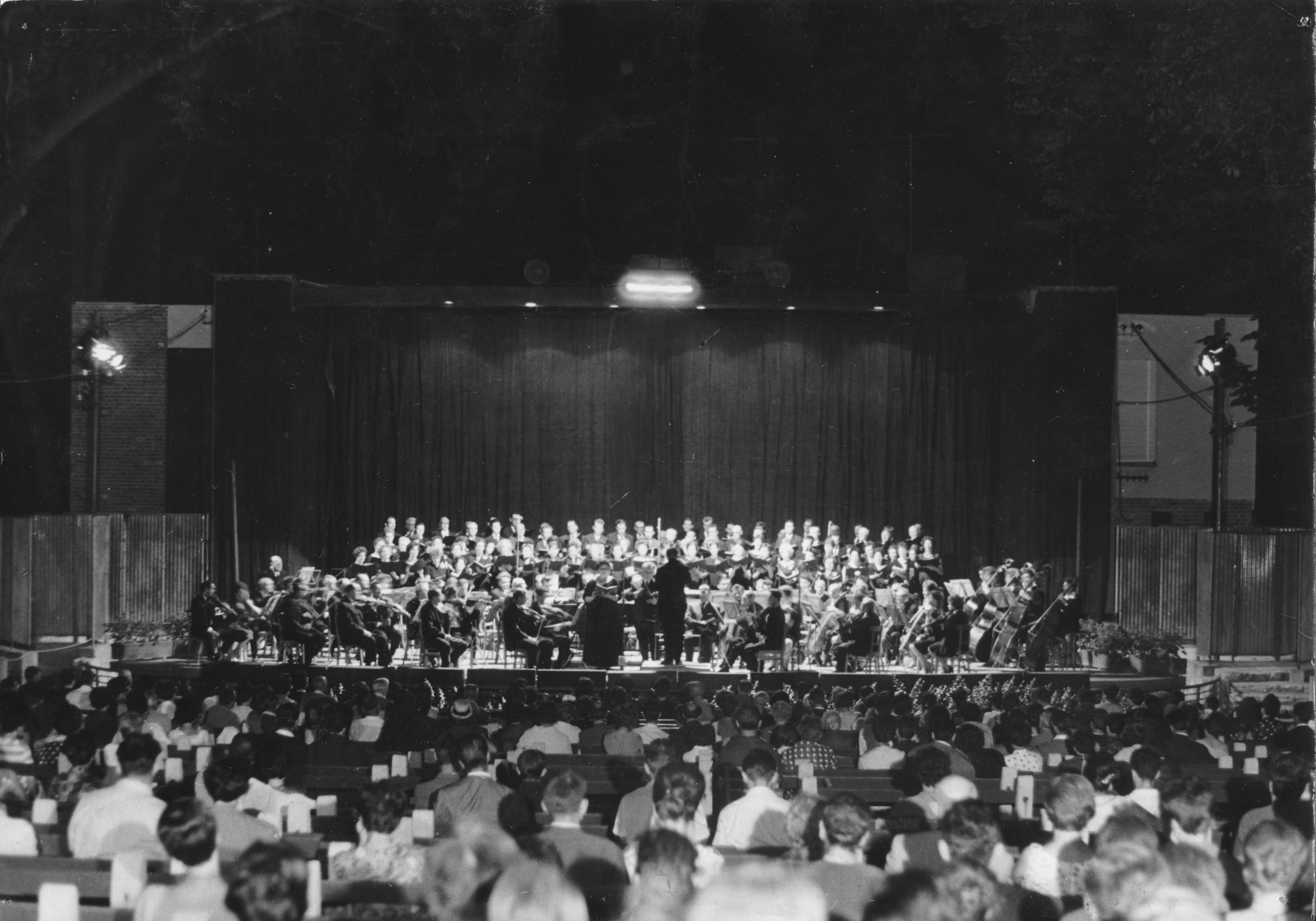
Concert on the Open-Air Stage (Photo: Hegyvidék Local History Collection)
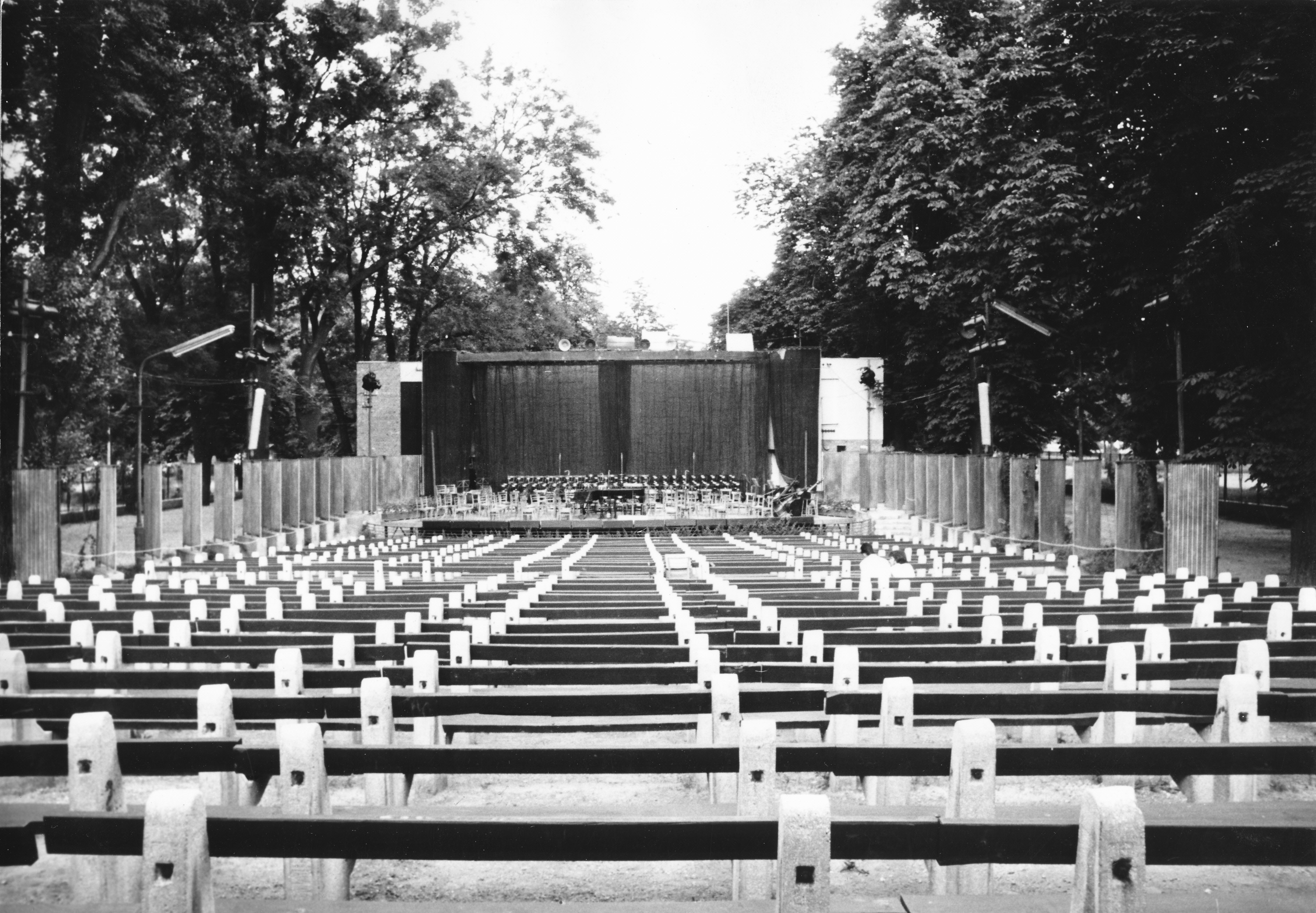
The auditorium with the old benches still uncovered (Photo: Hegyvidék Local History Collection)
The auditorium and the stage were expanded at the beginning of the 1950s so that 1,250 people could now take a seat, while the stage could also be used to hold major performances. Primarily, the audience could see children's programs and informative performances, but also theatre and ballet companies, and fun political cabarets here.
The many children's programs were no accident, as there were several kindergartens and schools nearby, and one of the most beautiful playgrounds in Budapest operated here, in Városmajor. The newspaper Béke és Szabadság wrote about it on 23 June 1954: "Anyone familiar with it knows that one of the most beautiful playgrounds in Budapest is in Városmajor. Beautiful environment, away from noise and traffic, dust-free, amazing air, huge trees, sunny and shady, huge area, spaciousness, an army of children's swings, two climbing frames, three sand pools ... in short, a children's paradise."
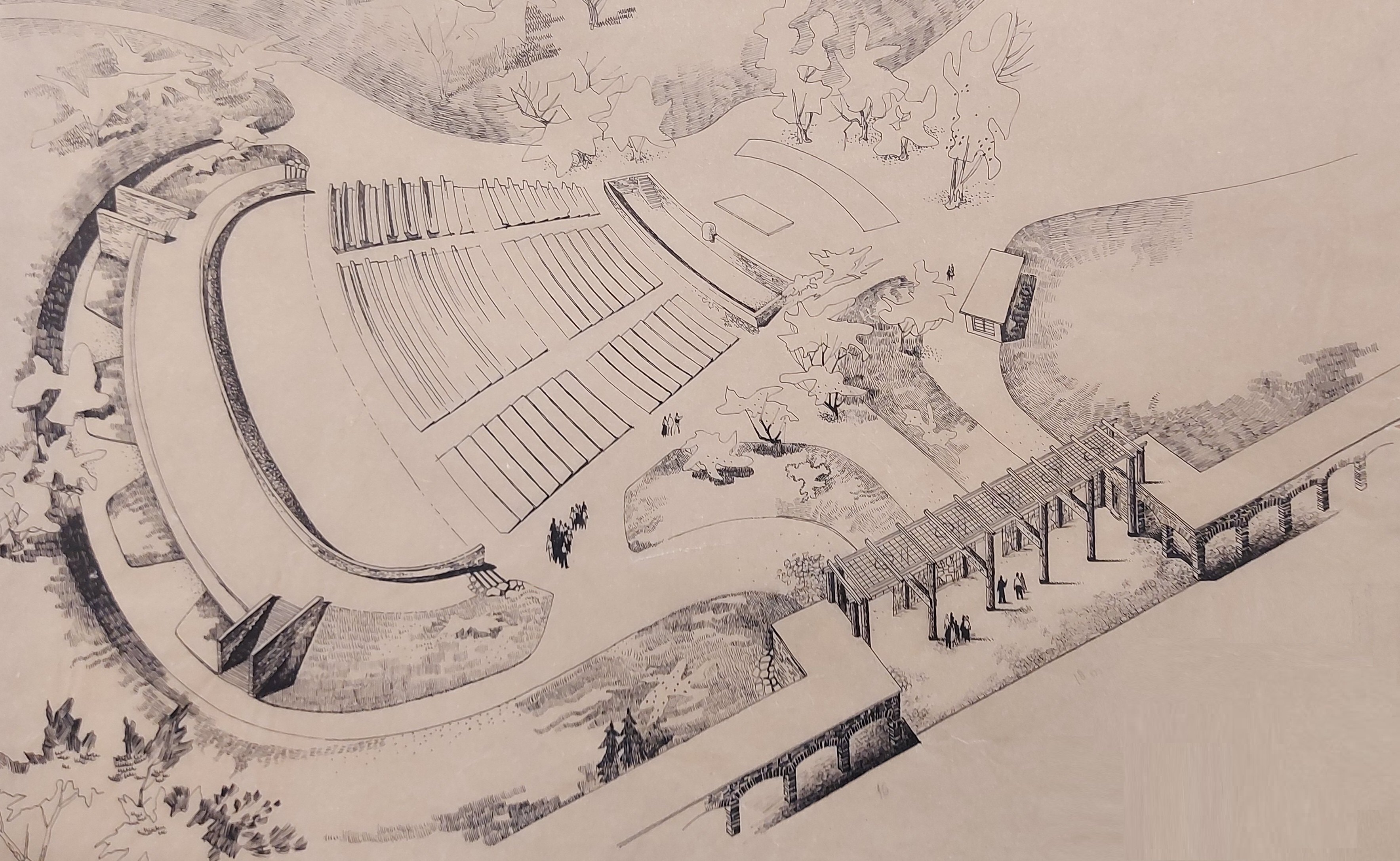
Bird's eye view of the plan for the expansion of the Open-Air Stage from 1953 (Source: Budapest Archives)
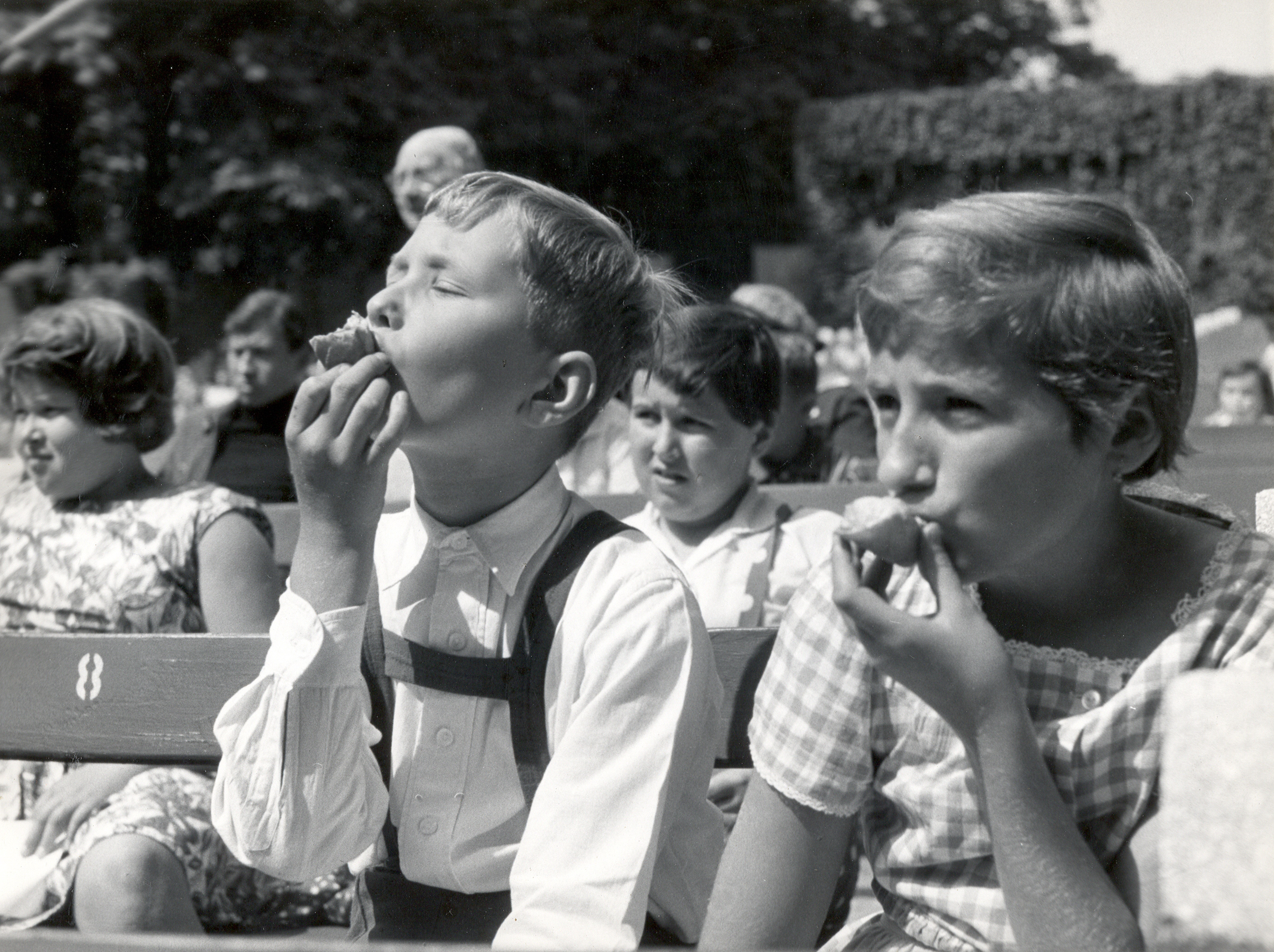
Children watch the performance (Photo: Hegyvidék Local History Collection)
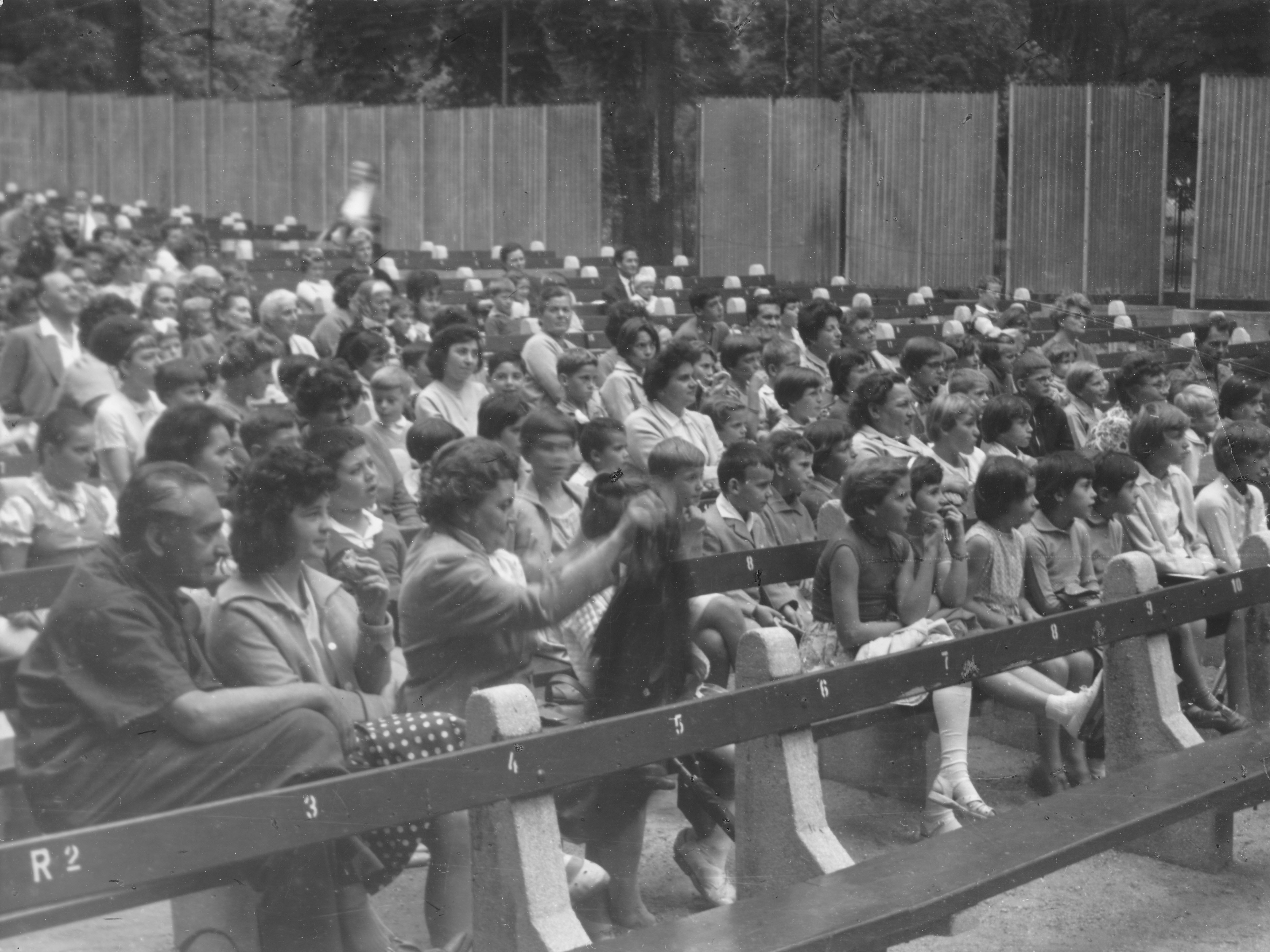
Old and young alike loved going to the Stage (Photo: Hegyvidék Local History Collection)
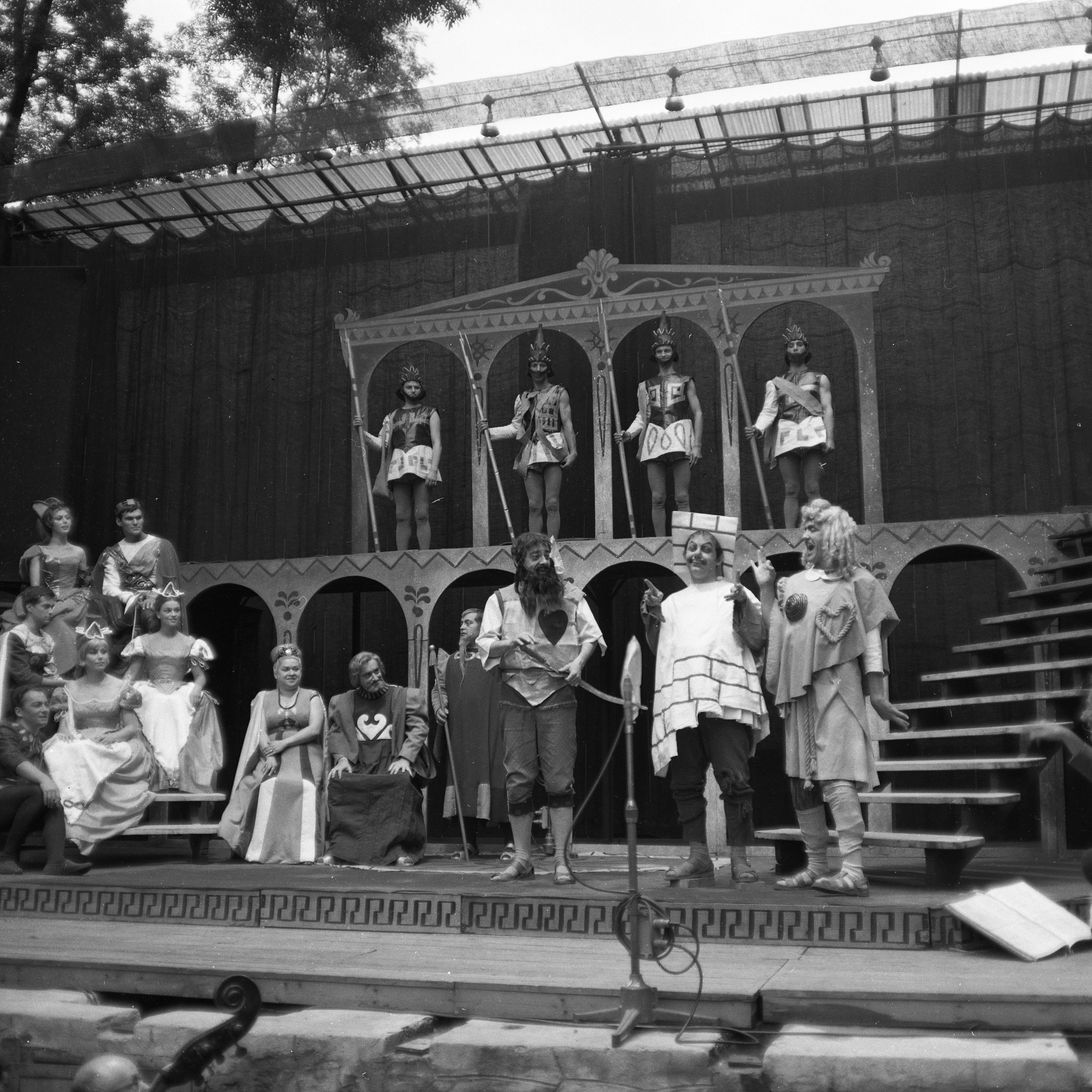
Shakespeare's play A Midsummer Night's Dream on the Városmajor Stage, performed by members of the Petőfi Theatre of Veszprém, 1965 (Photo: Fortepan/Reference No.: 173862)
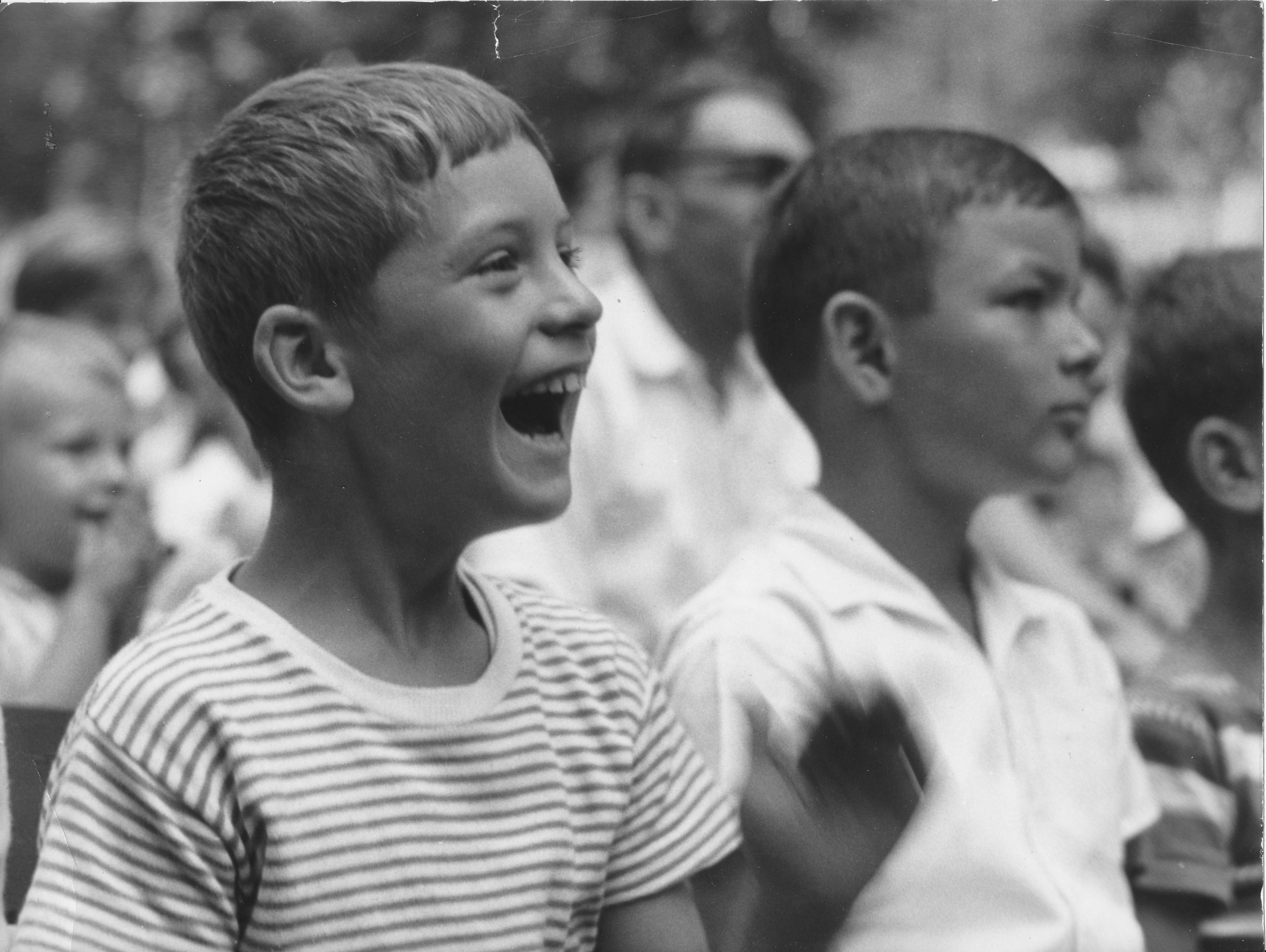
There were many children's programs, performances and puppet shows on stage (Photo: Hegyvidéki Helytörténeti Gyűjtemény)
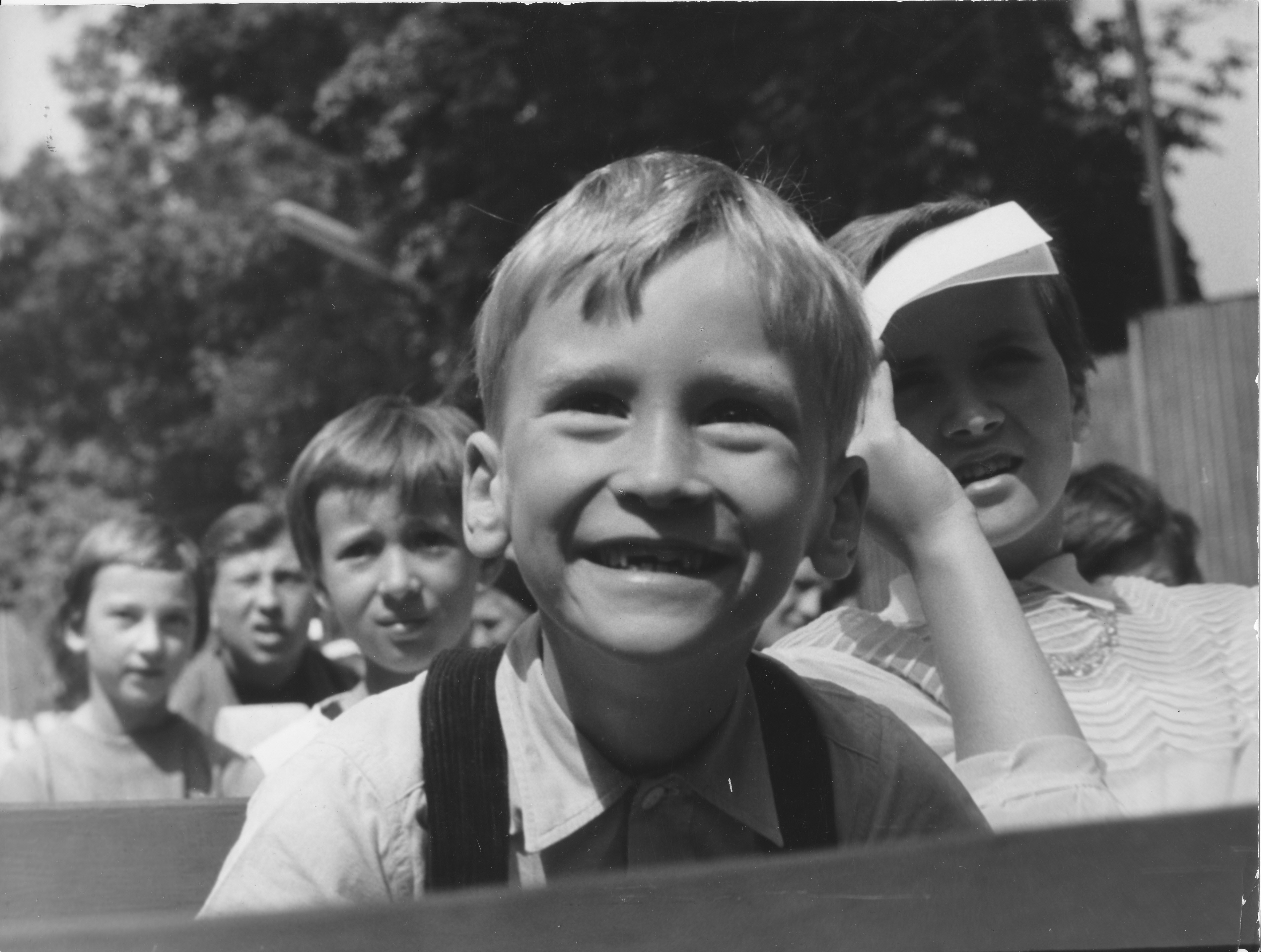
There were many children's programs, performances and puppet shows on stage (Photo: Hegyvidék Local History Collection)
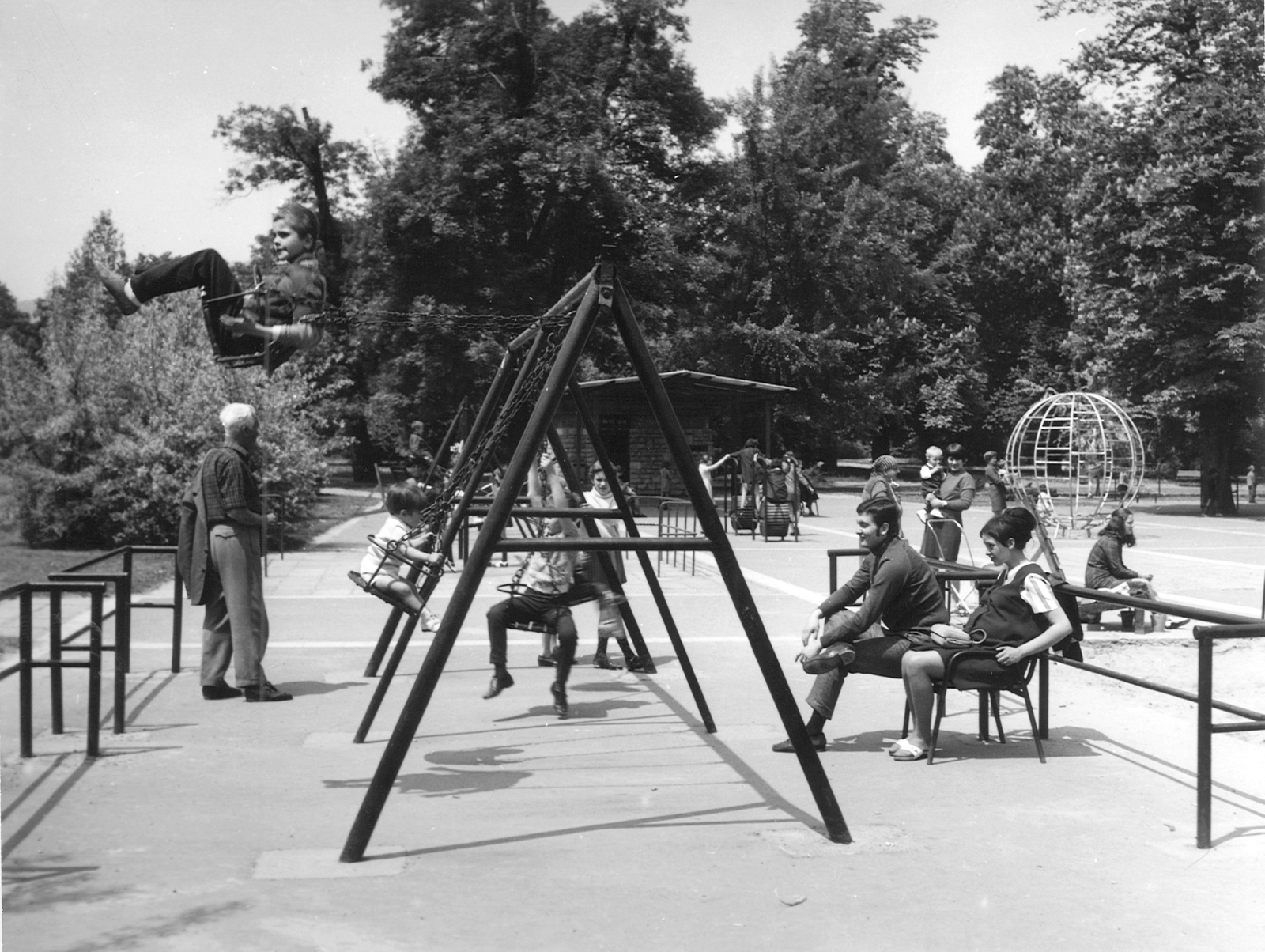
Playground in the immediate vicinity of the Városmajor Stage (Photo: Fortepan/Reference No.: 141240)
From the 1960s, the garden chairs were replaced, and much longer benches, well known in parks, were laid down for spectators. Thanks to the reconstruction, new changing rooms were built in 1965, and the board building was also completed. At the end of the eighties, for a few years between 1987-1991, the Városmajor Open Air Stage operated again as a garden cinema, and then on 1 March 1990, it took on the name Szabad Tér Színház [Open-Air Theatre].
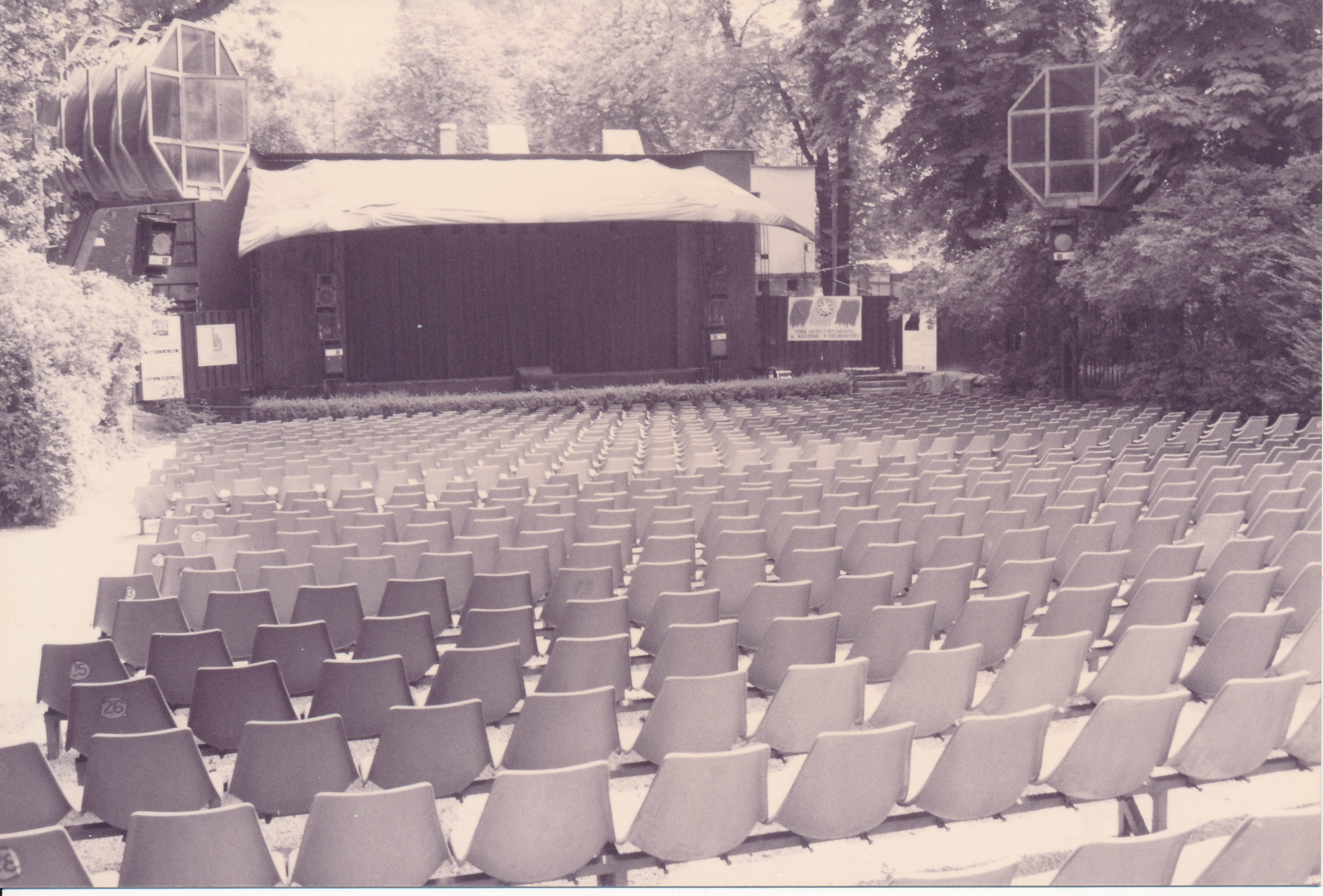
The old benches were replaced with plastic chairs in the 1960s (Photo: Hegyvidék Local History Collection)
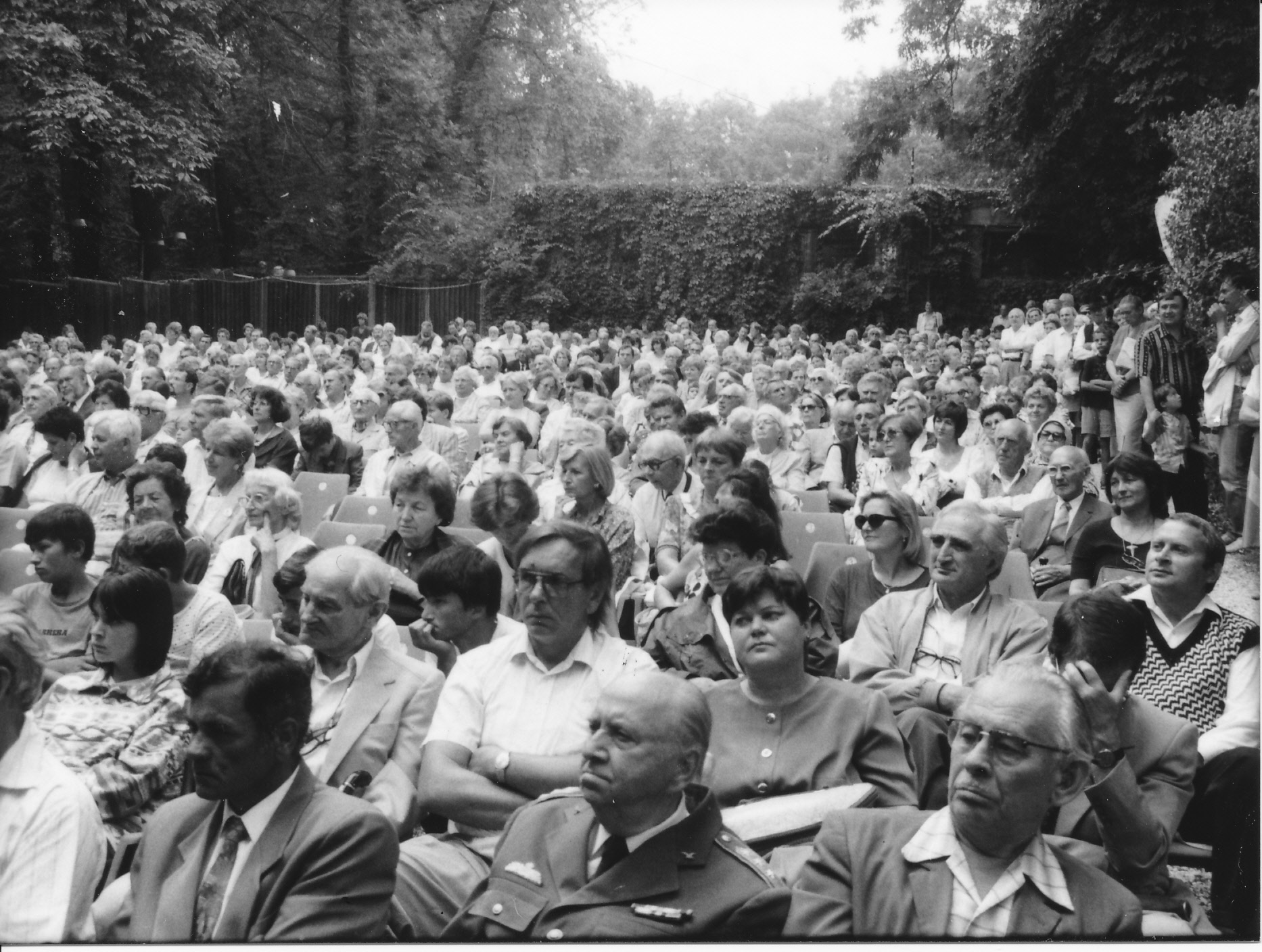
The audience sits on the new plastic chairs instead of benches in the 1970s (Photo: Hegyvidék Local History Collection)
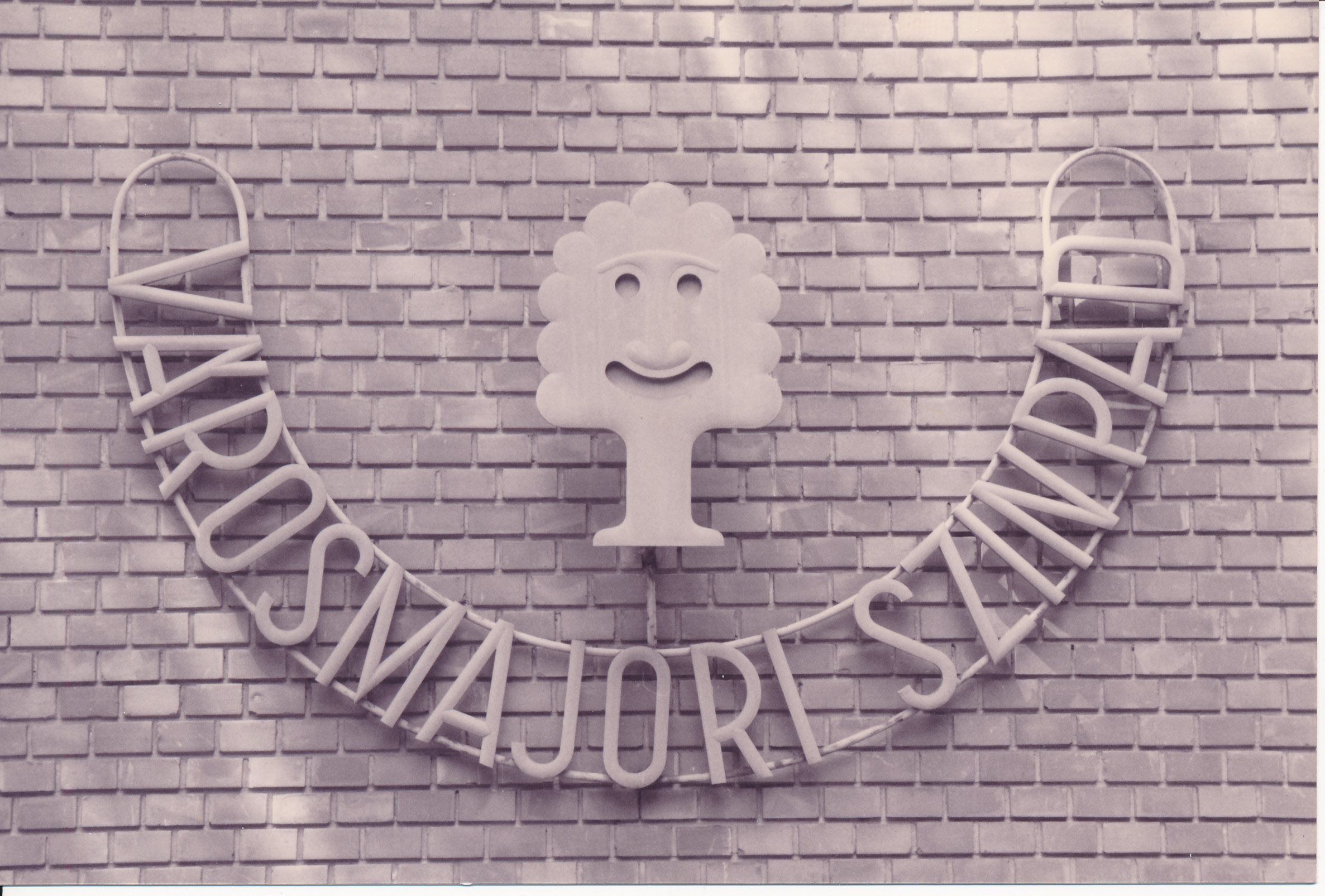
The sign of the Városmajor Stage from the 1980s (Photo: Hegyvidék Local History Collection)
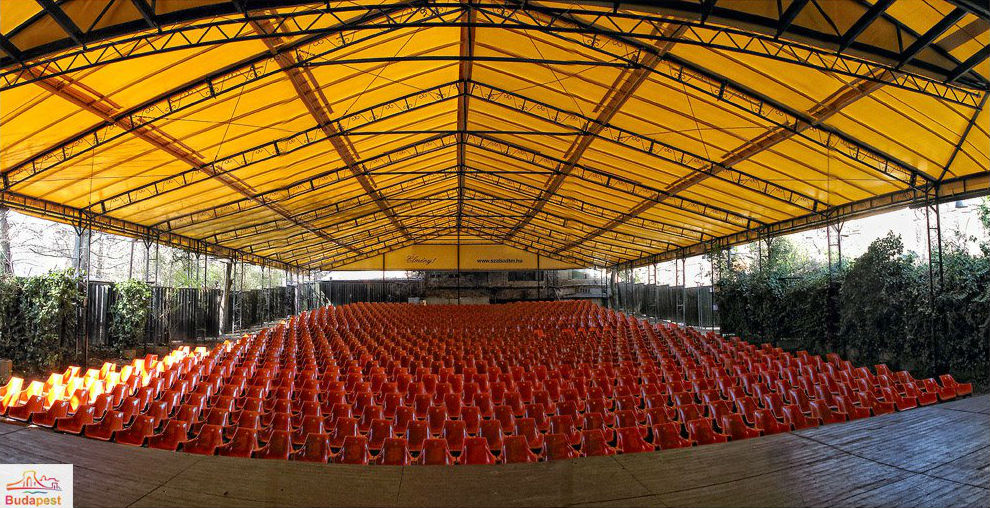
The Városmajor Open Air Stage nowadays, with a roof
From the second half of the 1990s, many stage productions were again realised, and since then performances and lectures have continued uninterruptedly at the location. In the spring of 2010, a huge rainproof roof was built over the stage and the auditorium, so the Városmajor Open Air Theater, which is still known today, was formed. This year, in connection with the 100th anniversary, many exhibitions, programs and events await visitors at the Open-Air Stage.
Cover photo: Városmajor Open-Air Stage in the early 1960s (Photo: Hegyvidék Local History Collection)

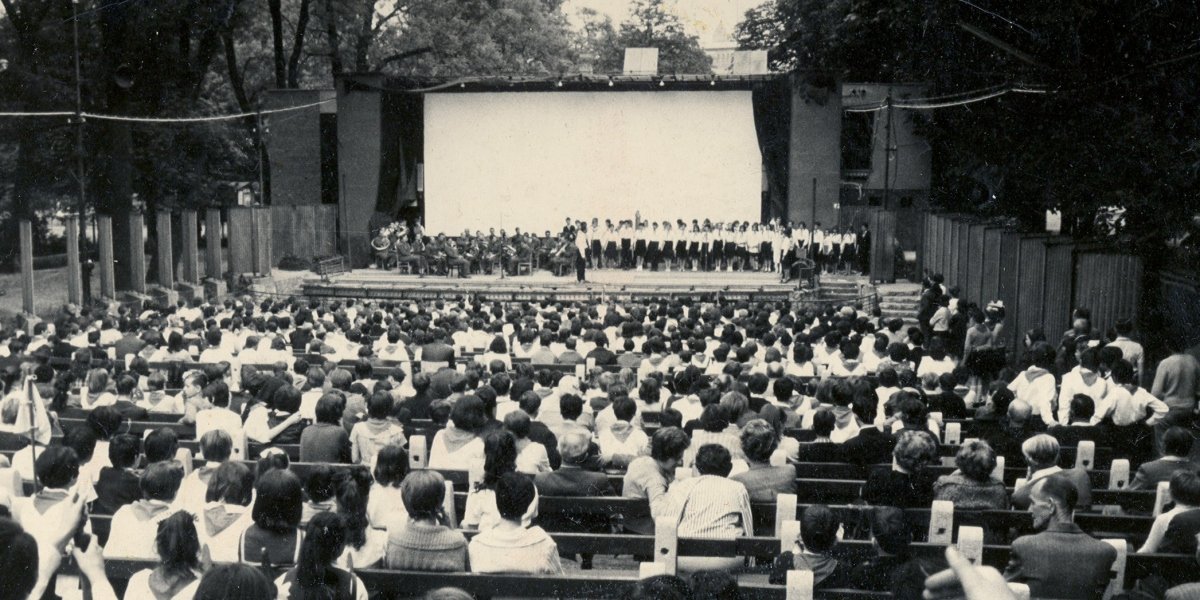


































Hozzászólások
Log in or register to comment!
Login Registration